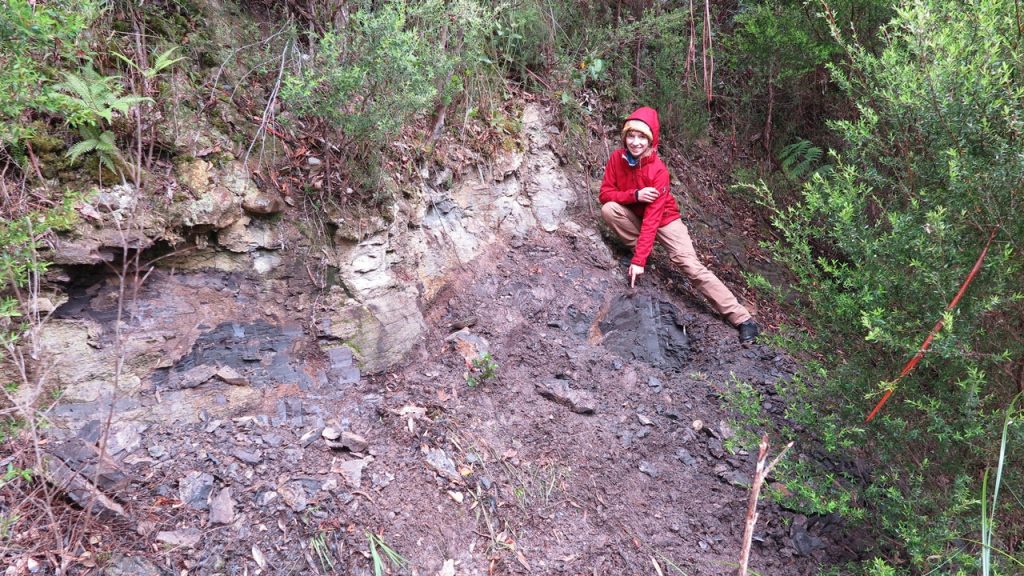Dr. Miriam Slodownik, a recent Ph.D. graduate from the University of Adelaide, led an excavation near Strahan in western Tasmania in 2020 with the goal of understanding ancient ecosystems in the region. This excavation exceeded expectations when new plant species were discovered during the dig. Fossils from the forest, dating back 53 million years, were found, providing insight into the lush vegetation that once thrived near the polar circle during a time of peak global temperatures. The discovery of new plant species, including relatives of living plants like Araucaria and the rare Wollemi pine, was unexpected and added to the significance of the findings.
Tasmania was chosen as the excavation site due to its accessibility and previous indications of fossil presence from a 2003 excavation led by the University of Tasmania. The success of Dr. Slodownik’s recent dig surpassed the initial expectations, with the discovery of new plant species and a deeper understanding of the ancient ecosystems in the region at the time. The fossils found in Tasmania were similar to those found in South America, as the two continents were connected during this period. The fossils not only provide a glimpse into the ancient vegetation in Tasmania but also shed light on how Earth’s climate and continents have shifted dramatically over millions of years.
The fossils discovered during the excavation near Strahan allowed researchers to piece together a picture of what the ancient forest looked like 53 million years ago. The presence of lush, tropical-like vegetation near the polar circle during a time of high global temperatures was a significant finding. The connection between Tasmania and Antarctica, which served as a land bridge to South America, allowed for the similarity in plant fossils found across different continents of the same age. The forest fossils uncovered in Tasmania provide valuable insights into the past climate and vegetation of the region and the changes that have occurred over millions of years.
The discovery of new plant species, such as relatives of the living Araucaria and the rare Wollemi pine, added to the significance of the findings during the excavation near Strahan, Tasmania. The unexpected nature of finding new species during the dig enhanced researchers’ understanding of the ancient ecosystems in the region and shed light on the climate conditions and vegetation that once existed there. Fossils often tell larger stories about the conditions of the world around them at the time when they lived, and the fossils found near Strahan provide a unique glimpse into the past vegetation and climate of Tasmania during a time of high global temperatures.
Dr. Miriam Slodownik’s research on the ancient forest excavation near Strahan was published in the American Journal of Botany, highlighting the significance of the findings and their contribution to understanding ancient ecosystems in Tasmania. The excavation exceeded expectations by not only providing a deeper understanding of the ancient forest but also by uncovering new plant species that added to the richness of the discovery. The fossils found in Tasmania offer valuable insights into the past and how Earth’s climate and continents have evolved over millions of years, providing a fascinating glimpse into the history of the region and the changes that have occurred over time.


